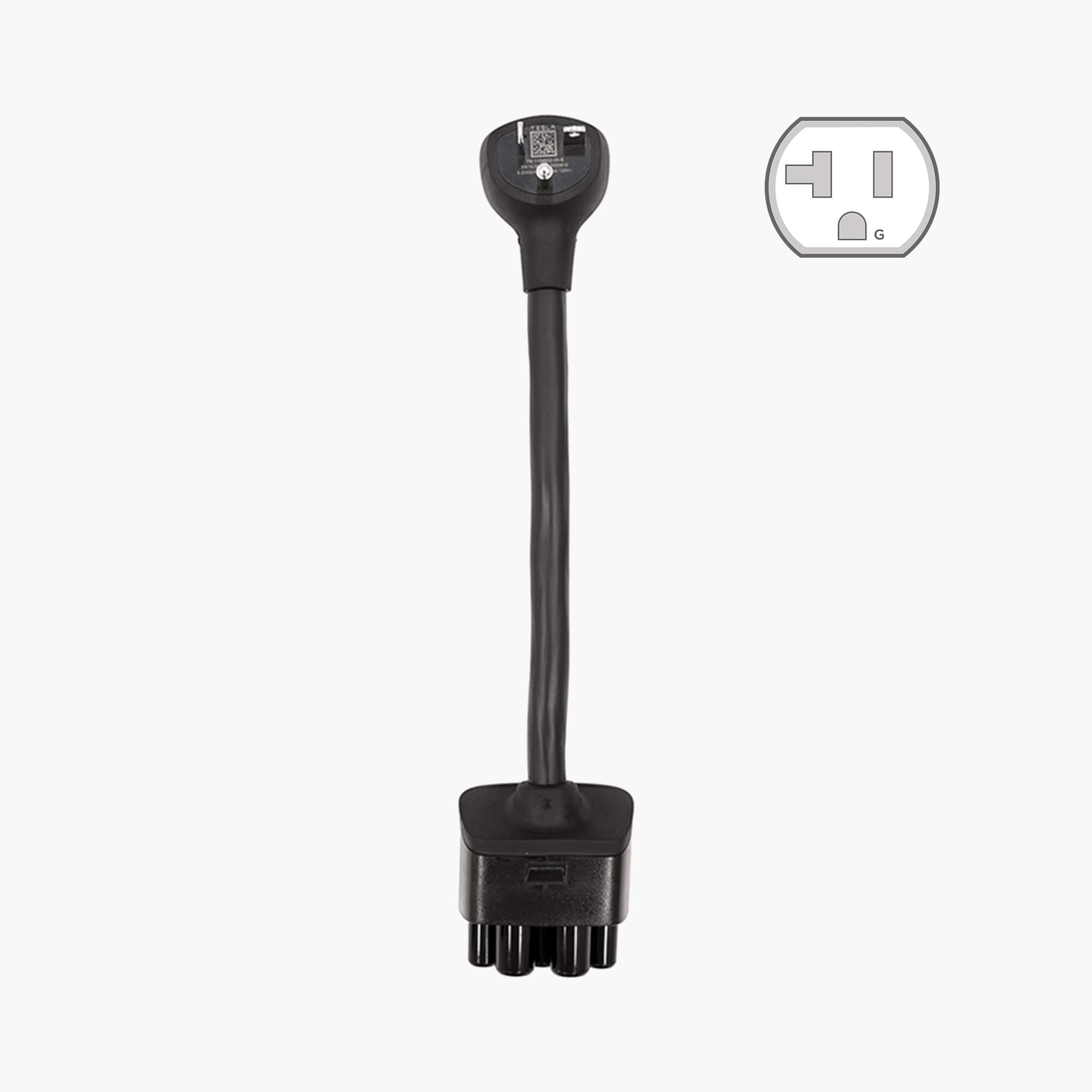Have had the Tesla Mobile Connector plugged into a converter to then plug into a standard GFCI outlet that has a cover outside that was feeding a fountain.
We're in the process of re-doing our carport and will eventually get a 6-50 plug on a 50amp breaker installed, but in the interim they have put in a 20amp GFCI plug that will take the Tesla Moblile charger wihtout the 'standard adapter' to 'dumb it down' to a 15 amp plug.
I was ecstatic as the mobile connector would reduce the charging voltage and it was super slow. Once I plugged it into a native 20 amp outlet with a dedicated breaker the charging estimate reduced to a level that I've never seen at home.
Once I got into the house the GFCI tripped. I thought it was fluke and re-set the plug but I noticed the car was setting the charge rate to 48 amps.
Since then I've been dancing with the charging settings in the car, trying to limit the rate to 16 amps, but I haven't been successful.
Last night I thought I was safe, walked away, check it twice, set to 16 amps.
Two hours later (after we were asleep) the GFCI tripped again.
Any suggestions on something I might be missing?
We're in the process of re-doing our carport and will eventually get a 6-50 plug on a 50amp breaker installed, but in the interim they have put in a 20amp GFCI plug that will take the Tesla Moblile charger wihtout the 'standard adapter' to 'dumb it down' to a 15 amp plug.
I was ecstatic as the mobile connector would reduce the charging voltage and it was super slow. Once I plugged it into a native 20 amp outlet with a dedicated breaker the charging estimate reduced to a level that I've never seen at home.
Once I got into the house the GFCI tripped. I thought it was fluke and re-set the plug but I noticed the car was setting the charge rate to 48 amps.
Since then I've been dancing with the charging settings in the car, trying to limit the rate to 16 amps, but I haven't been successful.
Last night I thought I was safe, walked away, check it twice, set to 16 amps.
Two hours later (after we were asleep) the GFCI tripped again.
Any suggestions on something I might be missing?




